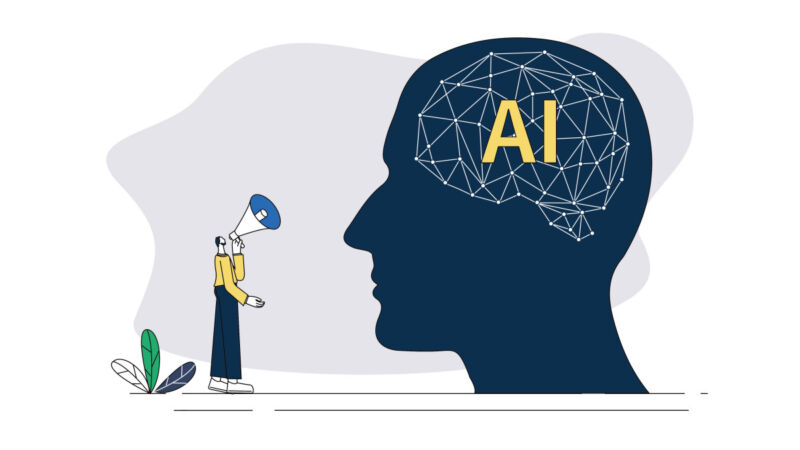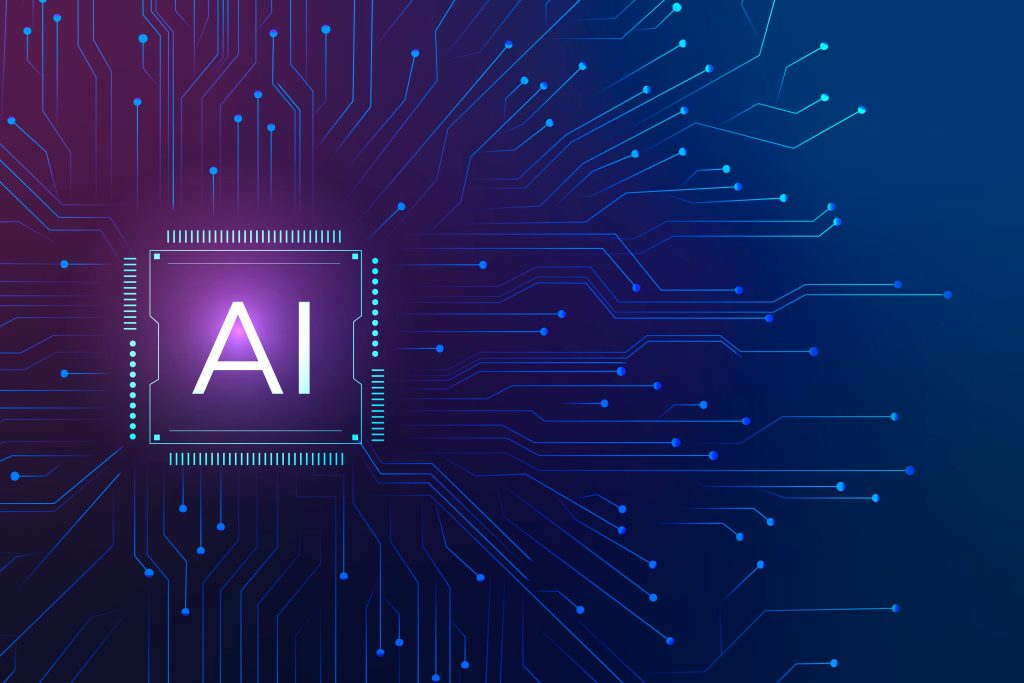In the dynamic landscape of technology, the term AI model has become increasingly prevalent, shaping how we interact with machines and perceive the capabilities of artificial intelligence (AI).
At the heart of AI lies the concept of AI models, the powerhouse behind machine learning and the driving force behind intelligent decision-making and automation. In my guide, we’ll delve into the world of AI models, exploring what they are, how they work, and their far-reaching applications.
What exactly is an AI Model?
An AI model is a computational algorithm or mathematical representation designed to learn patterns, make predictions, and perform tasks based on data. Think of it as a digital brain, capable of processing and interpreting vast amounts of information, much like the human mind.
An AI model, also known as a machine learning model, is a mathematical representation or algorithm that is trained on data to perform a specific task or make predictions based on input data.
These models serve as the backbone of AI systems, enabling machines to interpret complex data, learn from experiences, and perform tasks autonomously.
AI models are a fundamental component of artificial intelligence and machine learning systems. These models are designed to learn patterns, relationships, and features from data, enabling them to make informed decisions, recognize patterns, generate insights, or perform various tasks.
Anatomy of an AI Model
Let’s see the key components and characteristics of AI Models. To comprehend AI models fully, let’s break down their essential components.


Architecture
AI models have distinct architectures that dictate their functionality. The most prevalent are neural networks, with deep neural networks (DNNs) being particularly influential in complex tasks like image recognition, natural language processing (NLP), and reinforcement learning.
Training Data
AI models rely on extensive datasets to learn. During training, the model analyzes data, adjusts its internal parameters, and refines its performance to minimize errors.
Features
Features are the data attributes or characteristics used as input. The quality and relevance of features are pivotal in determining the model’s proficiency.
Weights and Parameters
These elements within the model are fine-tuned during training. Adjusting weights allows the model to better fit the training data and make more accurate predictions.
Loss Function
A loss function quantifies the disparity between the model’s predictions and actual target values during training. Minimizing this function guides the learning process.
Inference
After training, AI models are ready for inference, where they use their knowledge to make predictions or execute tasks based on unseen data.
Deployment
AI models find applications across various domains, from healthcare to finance and entertainment. Deployment involves integrating the model into systems for real-time decision-making.
Training Process


Training an AI model is a critical step in its development. It involves feeding it with labeled data, allowing the model to adjust its parameters to minimize errors iteratively. This iterative process continues until the model achieves the desired level of performance.
Diverse Applications
AI models have versatile applications. It includes Image Recognition, Natural language Processing, Recommendation Systems, Autonomous Vehicles, Healthcare, and Finance.
- Identifying objects, faces, and patterns within images.
- Enabling machines to understand and generate human language.
- Enhancing personalized product recommendations.
- Enabling self-driving cars to navigate safely.
- Diagnosing diseases, predicting patient outcomes, and drug discovery.
- Detecting fraud, optimizing trading strategies, and risk assessment.
Conclusion
I hope you are able to understand the basics of What is an AI Model. No doubt, AI models are the backbone of machine learning, ushering in an era of unprecedented automation and intelligence.
Their ability to analyze data, recognize patterns, and make informed decisions has far-reaching implications for nearly every industry sector and our daily lives.
Understanding the inner workings of AI models is crucial as we continue to witness the transformative power of artificial intelligence. As technology advances, the future holds limitless possibilities for AI models, reshaping the world as we know it.






